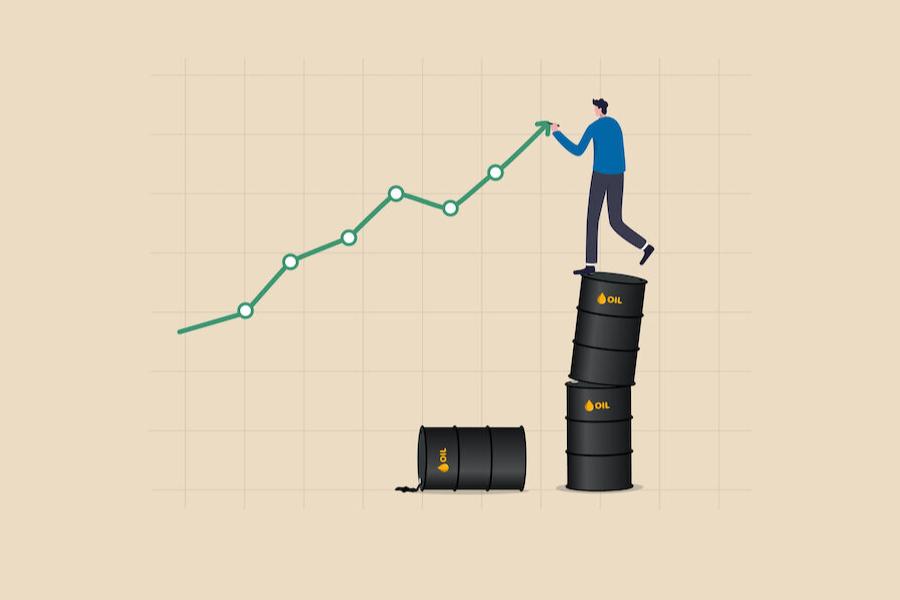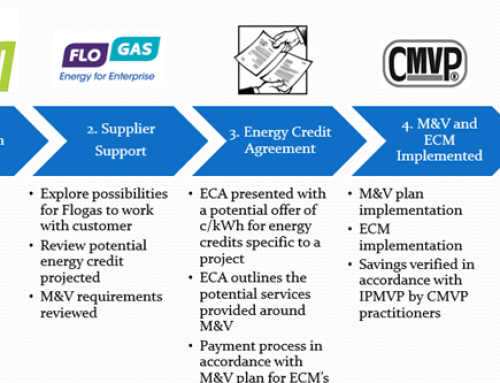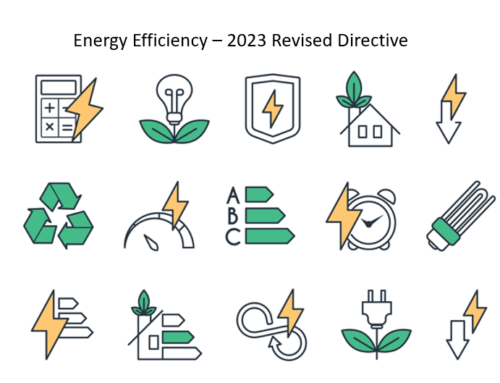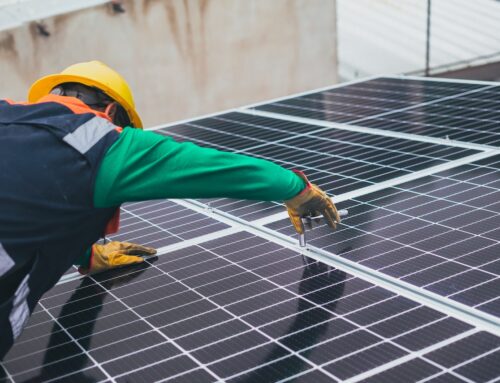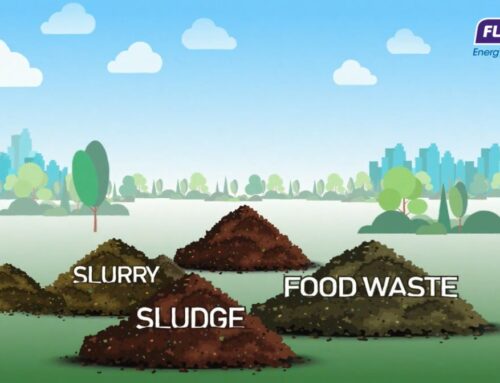This month marks the two-year anniversary of a pandemic that would ultimately bring about a seismic shift in how we live, work, travel, and consume as individuals and as a global society.
Over the last two years, energy consumption and forecasting represented a significant challenge for Energy Managers due to lockdowns across industries, and in addition to this due to BREXIT, infrastructural issues (such as maintenance delays), and weather to name but a few, we have witnessed energy prices spiraling to never before seen levels.
Historically, at this time of year Energy suppliers would usually be working with Energy/ Procurement Managers on a procurement strategy for the coming year. The key areas they usually focused on were:
- Weather
- Supply & Demand
The two points above were never easy to predict, however, they did show a pattern; cold weather – high demand – scarce supply = high prices OR warm weather – low demand – oversupply = low prices.
Once we saw these patterns emerge, Energy Managers could then make an informed decision on whether to hedge or float.
Although weather, supply and demand are still very relevant today, we have seen over the last two years and in recent days more nuances emerge that are less predictable and almost impossible to see a pattern in, which are:
- Covid 19 & Infrastructural Issues (specifically across Natural Gas and Power infrastructure)
- Geopolitical Issues (namely Russia & Ukraine)
Energy suppliers should now be working with energy /procurement managers in developing procurement strategies that involve looking at the geopolitical tensions along with the more “normal” factors that impact and drive energy costs. When we consider all of the above and how they will influence energy prices, we are left with:
- Weather: Bullish with lower-than-normal temperatures and low wind levels expected
- Supply / Demand: Neutral with 7 LNG (Liquified Natural Gas) vessels expected to land in the UK between 1st and March 8th, meaning the UK will have more gas in their system which typically would have had a positive impact on gas prices
- Covid 19 & Infrastructural Issues: Bullish with a backlog in maintenance on European infrastructure playing a part in current high market prices
- Geopolitical Issues: Bullish with the ongoing Russian invasion of Ukraine being the key driver of high energy prices.
The final point above; Geopolitical is the key area energy managers must now focus on. Unfortunately, Russia invading Ukraine will continue to be the main driver of energy prices globally, as a domino effect will come about regarding sanctions, possible countersanctions from Russia, and the search for alternative sources of natural gas should they be needed.
So, the question of whether to lock or float remains…
While the war in Ukraine rages, frankly there is little that can be done to avoid high prices. As we have done as far back as September, all that we recommend is to be ready to act on a month-ahead or quarter-ahead basis and even take a slightly longer outlook if the war looks likely to continue.


